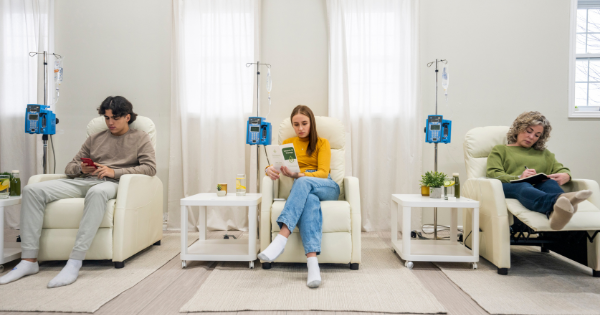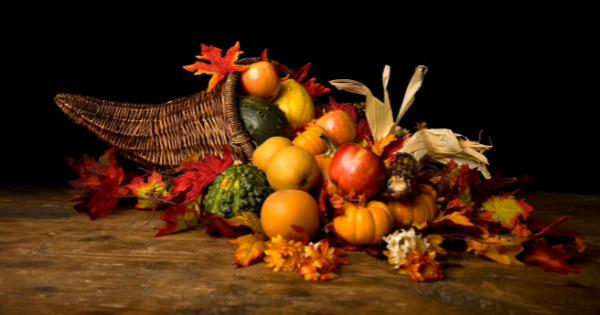From the very onset of our lives on planet Earth, children, who later become adults, are mystified and excited by the unknown. In the USA, we begin this journey when we lose a tooth and hear about the “tooth fairy.” When I was growing up, the generous fairy left a nickel or a dime, whereas today, privileged children are looking for a “C” note. When we consider holidays, we usually think about Christmas, New Year’s Day, Easter, Hanukkah, Halloween, and the 4th of July. All of these are special family times and are dreamed about by so many. However, here is the kicker for you, as a PA, NP, nurse, or physician. These special times can also be times of heightened danger and risk. Some children and young adults are eying a reward, a dazzling fireworks display, but some of these actions can cause the loss of an eye, a limb, and even our lives, and for this reason I believe that as Health Care Professionals, we have a sacred duty to warn our patients, before they end up in an ambulance on route to an ER.
Among our concerns for our patients, as their caregivers, is to alert or warn our patients and their families to prevent sorrow and loss of life, limb, or permanent mental capacity. Many of the items mentioned fall under the heading of “common sense.” Halloween is our next holiday, so let’s focus on both the potential good times and the bad.
When trick-or-treating with young children, consider a community event or a church or temple-sponsored activity, as these will provide adequate, trained adult supervision with volunteers who have been vetted. If you choose to take to the streets instead, always accompany them and try to complete before 6 PM. Research has shown that the hours from 6 PM to 9 PM are the most hazardous time for pedestrians who are distracted by their activities. Flashlights with new batteries are essential after dark, as is reflective tape on clothing or fantasy costumes.
Teenagers need to be aware of all distractions, whether caused by humans, animals, cars, motorcycles, or bicycles, as well as potential threats from other teens. A buddy system and a cell phone are both great ideas, along with keeping your personal information and adhering to normal traffic standards. It is essential to cross streets in designated areas and avoid walking or running between parked vehicles. Stay on the lit side of the street and avoid entering porches or homes without exterior lights. As far as newly minted teenage driver’s licenses, I would insist that my new driver leave the car keys at home to prevent other teens from being in a car with them and causing distractions that can change lives and cause expensive litigation. This is a good time to go over all the rules that pertain to alcohol, drugs, and medications, such as antihistamines, which delay responses by the driver.
In today’s society, stranger danger is an issue that cannot be forgotten or omitted. Never consent for your child or teenager to go into a home with someone they are not very familiar with. Know the planned route of your children as if they were hiking in a state park. Do not drink offered fluids or loose candy or gummies. Do not pet or approach strange dogs, bears, or The Cowardly Lion!
Some final pearls that can make a difference in both your life and practice, as well as that of your patients: with your ID, have the name of your medical or nursing provider as well as an emergency contact. Do not allow young children to eat snacks that may be a choking hazard or contain nuts, unless it is with your supervision.
The relationship between PAs and NPs and their patients is a sacred one, marked by concerns, warnings, and meaningful dialogue or communication with the patient, regardless of age. Trust is our hallmark, and we stand on the ramparts of preventive medicine, which strengthens our relationship and, above all, protects our patients. I am more interested in my patients not needing care in the ER because I have been responsible for maintaining their instruction sheets, which contain information that I am now sharing with you. There is no greater privilege or honor than to be trusted with the lives of your patients. This is our professional responsibility and requires education, dedicated specialty training, passing our certification exams, purchasing our medical equipment, and maintaining our professional liability insurance policy, also known as our portable malpractice insurance. This policy will become your best investment in the financial safety of your family, as well as in preventing litigation. A good AA Best policy also includes a protection course that will keep you focused on your personal life, rather than a lawsuit. That’s why I am happy that I purchased this insurance shortly after starting my practice. Happy Halloween.
Written For CM&F By: Robert M. Blumm, PA, DFAAPA, PA-C Emeritus
CM&F Clinical Advisor



